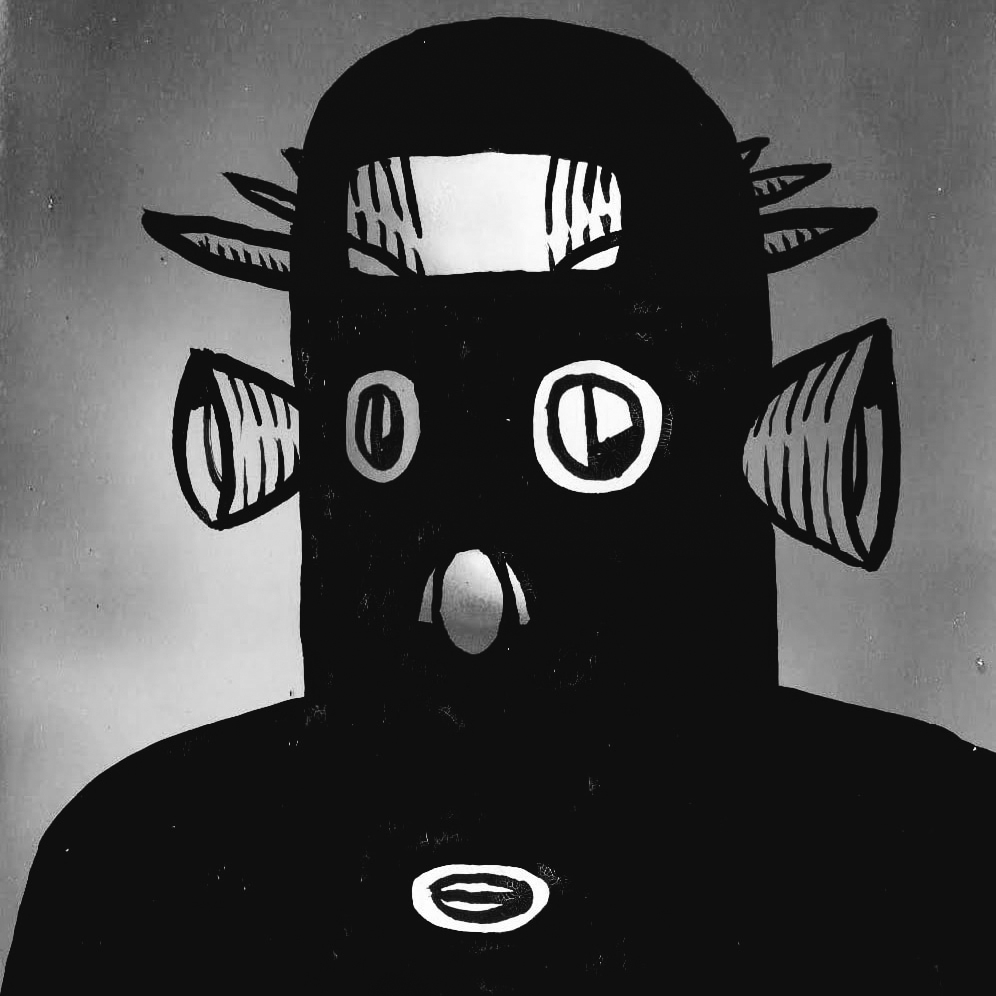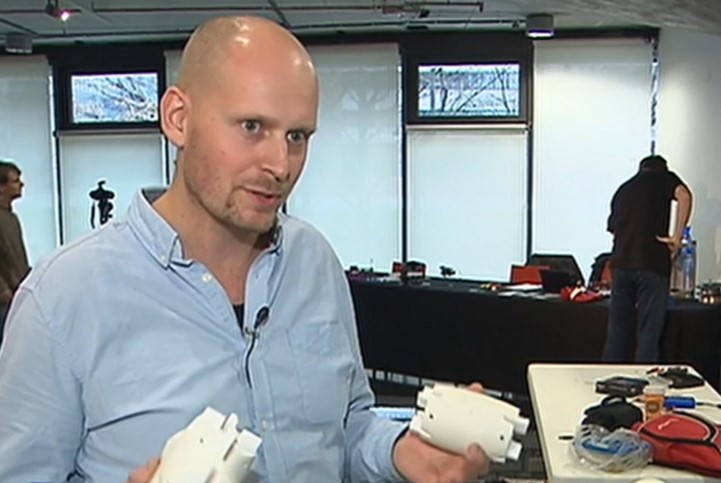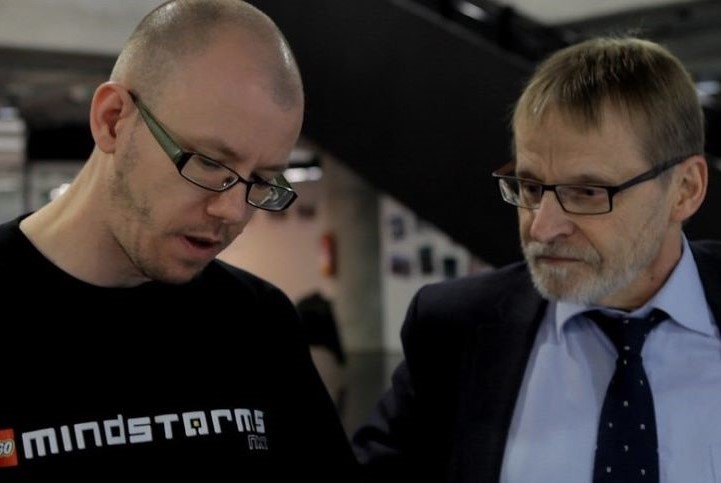
Zaven Pare: From R.U.R. to G.U.N.T.E.R.
Come and listening to the Talk presented by French artist and robotics researcher Zaven Pare At the American Center in Prague on the 30th of September 2024 at 5 PM local time.
Zaven Pare

The French artist and roboticist Zaven Paré will present the talk “From R.U.R. to G.U.N.T.E.R” (from “Rossum Universal Robot” to “General Utility Non-Theorizing Environmental Robot”) before you can discover the R.U.R.-prints exhibition.
INTRODUCTION
In collaboration with The American Center in Prague, Norticum is proud to present an exhibition with R.U.R. prints created by the French artist and roboticist Zaven Paré, and four 15 minutes talks related to R.U.R. and United States.
The opening and the talks will take place on the 30th of September 2024 from 5pm to 7:30pm CET.
Talks by:
Christian Gjørret (Prologue)
Jana Horáková (Act 1)
Zaven Paré (Act 2)
Matej Hoffmann (Act 3)
Exhibition:
Zaven Paré: Robots – Prints in honor of R.U.R. by Karel Čapek 104 years ago
Venue:
The American Center
Tržiště 366, 118 00 Malá Strana, Czechia
There is free entrance.

This exhibition proposes to reveal the robots of R.U.R. as individuals capable of embodying themselves in a gallery of characters from the time of the creation of R.U.R. or a gallery of characters who are still to come.
From R.U.R. to G.U.N.T.E.R.
(from “Rossum Universal Robot” to “General Utility Non-Theorizing Environmental Robot”)
“Making a man during ten years is insane. If you don’t do it faster than nature, it’s not worth wasting your time on it,” says Harry Domin, CEO of R.U.R. companies. From inventions to acronyms or abbreviated names, robotics is indebted to fiction and theater. We owe it the word “robot” introduced in the theater drama Rossum’s Universal Robots by Karel Čapek, which thus names biochemical artificial creatures. Today’s robots are not yet those almost perfect copies that, once placed in interaction contexts, can express themselves with social skills, but rather they are electromechanical artifacts. In Čapek’s drama, robotics is represented as a branch of synthetic biology that, on the one hand, is capable of creating test subjects, characters; and on the other hand, who intends to impose on them the status of objects – “animated instruments”.
In the aftermath of the First World War, R.U.R. exposes the expansionist and destructive nature of capitalism pushing technoscientific evolution to the limits of its naturalization. According to Čapek, his contemporaries being unsuited to technology and modern warfare from which they emerged as survivors of themselves, Rossum has the project of replacing the human machine with machine efficiency. His arguments are economic: productivity, repetitiveness and the demand for precision required by industrial work.
It is only much later that the expectations of social capacities of such machines will be illustrated in G.U.N.T.E.R., the robot from the television series Lost in Space by Irwin Allen in 1965. Named “G.U.N.T.E.R.” for General Utility Non-Theorizing Environmental Robot, its acronym defined what we now call “social robots”: G.U. refers to the notion of a universal butler and N.T.E.R. poses the axiom of a machine capable of making decisions according to Asimov’s three laws of robotics. This idealization of future robots was imagined deprived of the ability to theorize and with limited consciousness.
Bio
Zaven Paré is an artist and researcher, notably as a Robot Drama Researcher. Pioneer in electronic arts, he invented the first electronic puppets (works in various collections in the United States, France, Switzerland, Belgium, Italy and Russia). His devices were used during his 1999 staging of Novarina at CalArts. Ten years later, he became a collaborator of Prof. Hiroshi Ishiguro at the Intelligent Robotics Laboratory (Osaka University). Paré was a laureate of the French American Fund for Performing Arts, Villa Kujoyama, the Japan Society for Promotion of Science, the Prêmio Sérgio Motta em Arte e Tecnologia in Brazil and the guest of honor of the Moscow Puppet Festival in 2019. He is the author of L’âge d’or de la Robotique Japonaise (Paris: Les Belles Lettres, 2016), and of the book Le spectacle anthropomorphique (Dijon: Les Presses du Réel, 2021 ).










